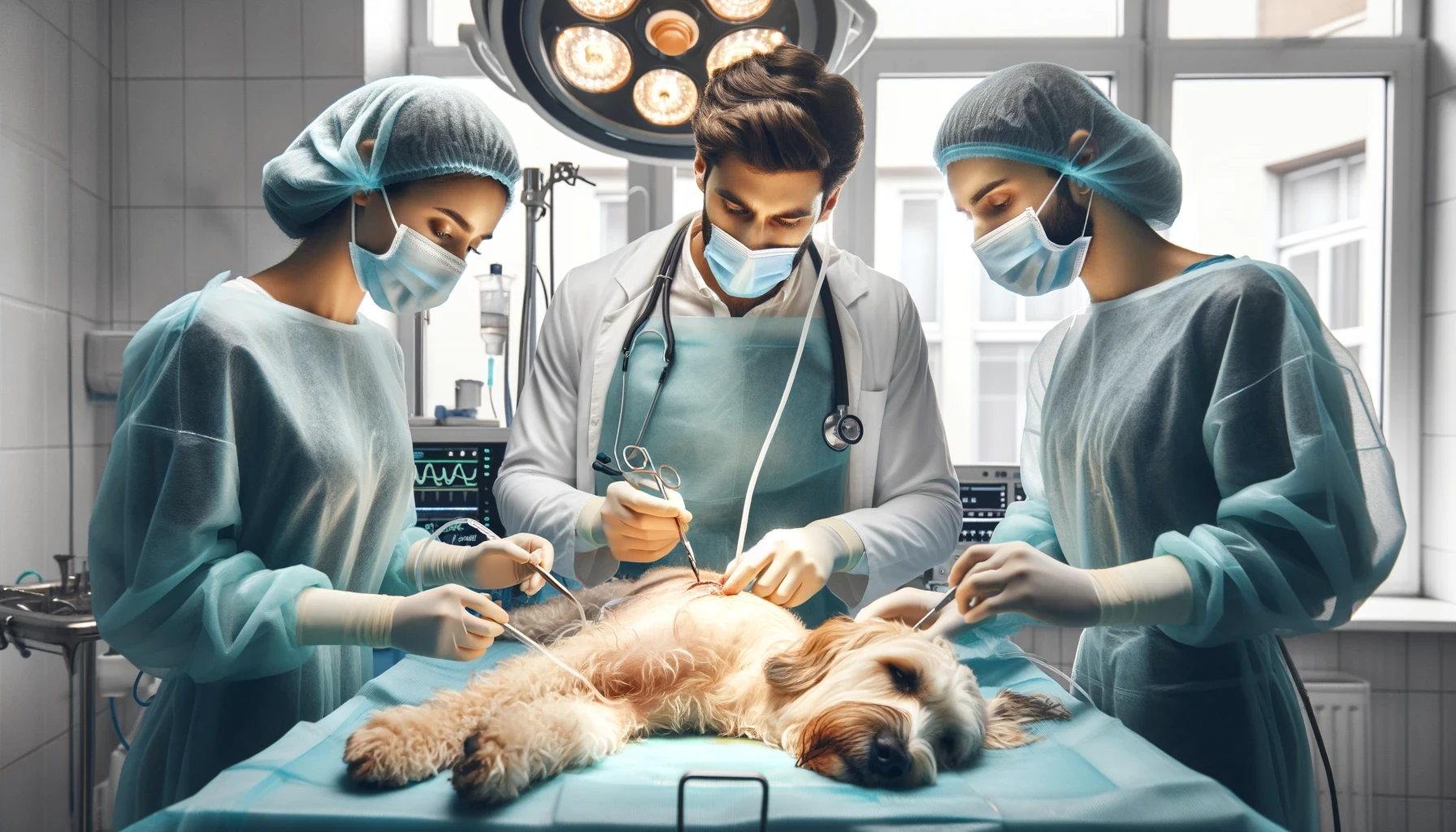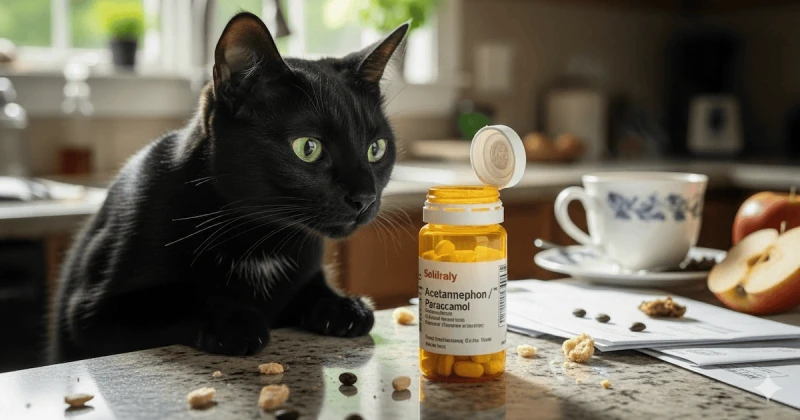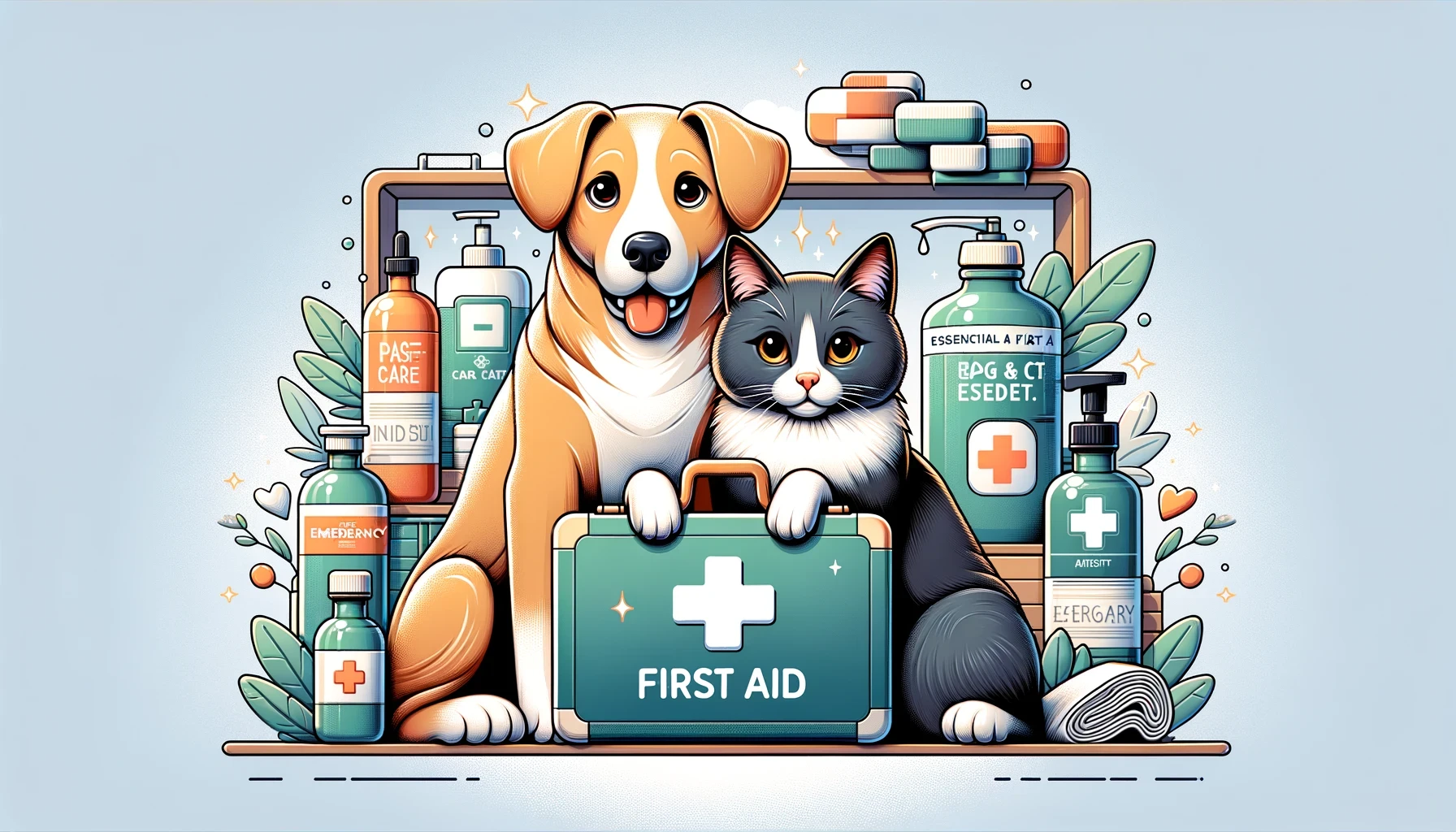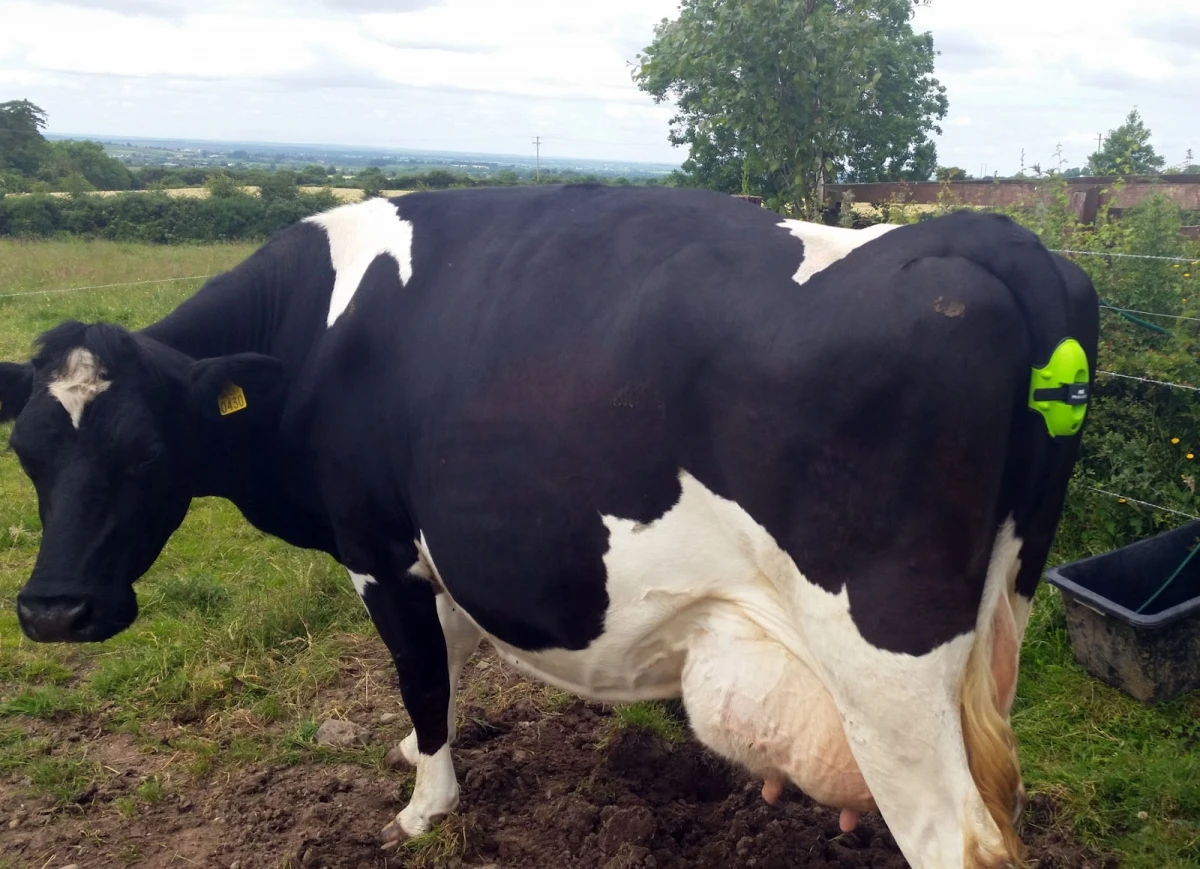Welcome to the veterinary anesthesia post series! Dive into the essentials of veterinary anesthesia with this quick guide. We'll cover the key protocols for different animals, ensuring a clear understanding of this critical aspect of animal care. And later, we'll have species specific detailed guide in the series.
Animal Type | Premedication | Induction | Maintenance | Local Anesthesia (Drug/Dose) |
|---|---|---|---|---|
Dogs and Cats | Acepromazine (0.01-0.03 mg/kg), Atropine (0.02-0.04 mg/kg) | Propofol (4-6 mg/kg), Ketamine/Diazepam combo | Isoflurane or Sevoflurane (inhalant, to effect) | Lidocaine (2-4 mg/kg), Bupivacaine (1-2 mg/kg) |
Horses | Xylazine (0.5-1.1 mg/kg), Detomidine (20 µg/kg) | Ketamine (2.2 mg/kg), Guaifenesin combo | Isoflurane (inhalant, to effect) | Lidocaine (2.2 mg/kg), Bupivacaine (1.5 mg/kg) |
Cattle | Xylazine (0.05-0.2 mg/kg), Diazepam (0.5 mg/kg) | Ketamine (2 mg/kg), Thiopental (5-10 mg/kg) | Isoflurane (inhalant, to effect) | Lidocaine (2-5 mg/kg) |
Small Mammals (Rabbits, Guinea Pigs) | Midazolam (0.5 mg/kg), Ketamine (25-50 mg/kg) | Isoflurane (induction chamber), Propofol (4-6 mg/kg) | Isoflurane (inhalant, to effect) | Lidocaine (2-4 mg/kg) |




